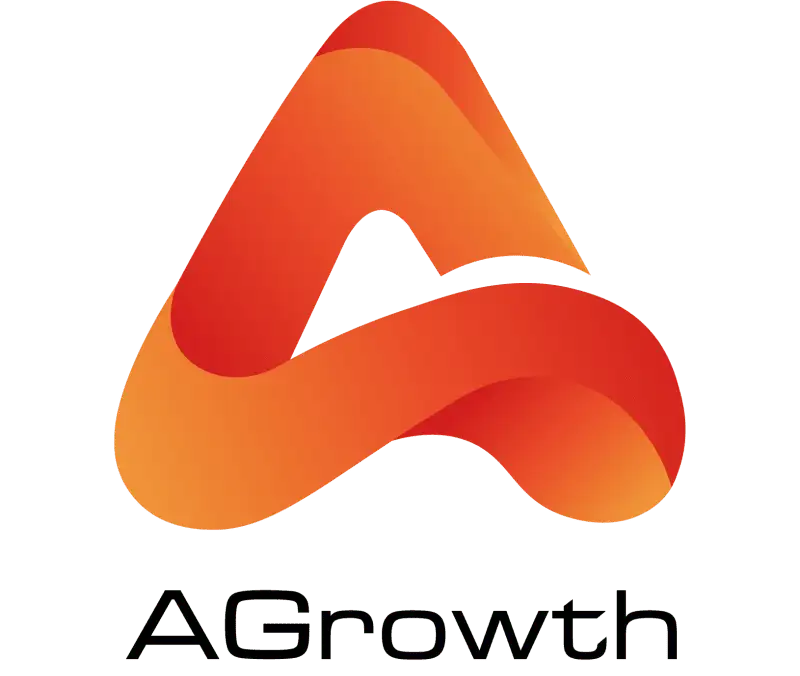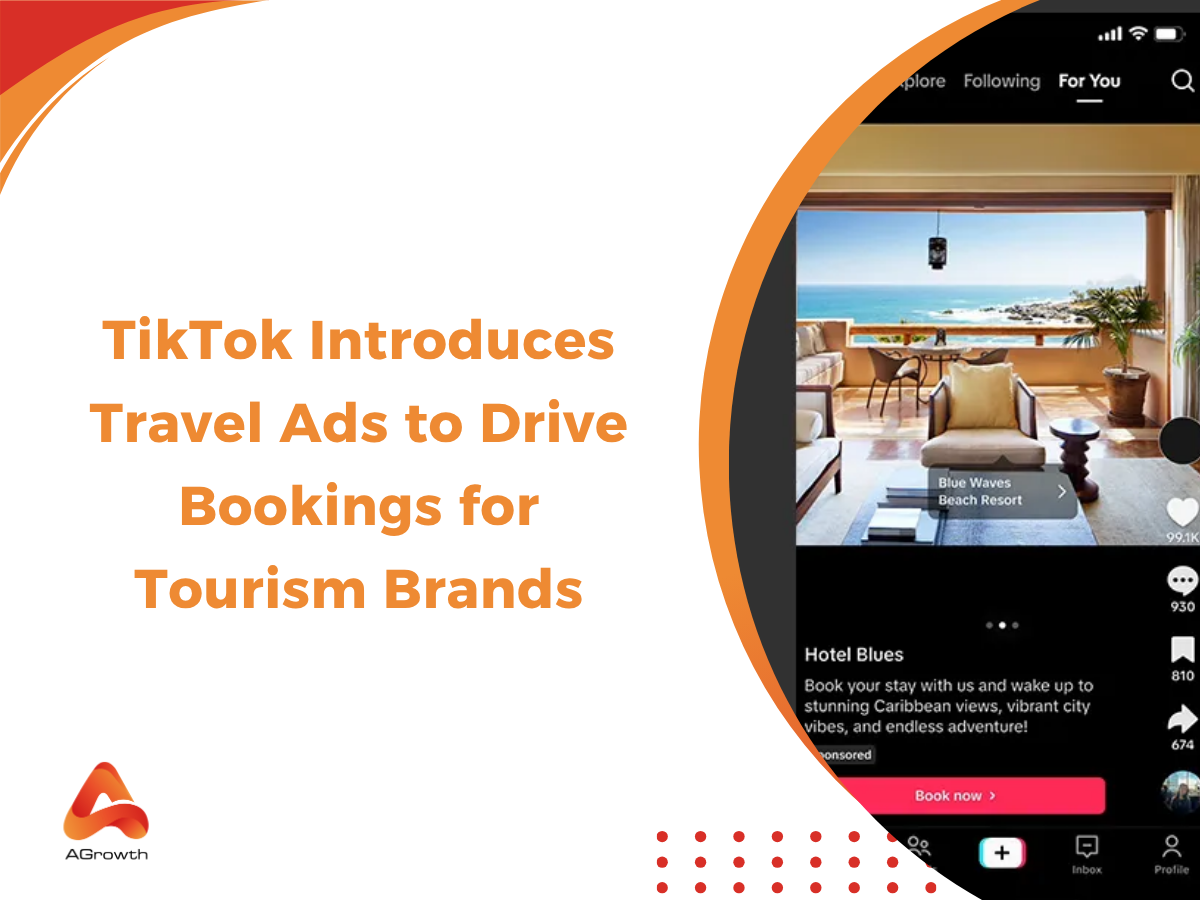
Table of Contents
TikTok Ads Optimization: How to Improve Performance and Maximize ROI
TikTok has grown from a viral short-form video platform into a powerful advertising channel used by brands of all sizes. With millions of users engaging daily, TikTok Ads offer a unique opportunity to capture attention and drive meaningful results. However, simply launching ads isn’t enough. To maximize your budget and achieve your campaign goals, TikTok Ads Optimization is crucial. This process involves adjusting your ad strategy, targeting, creatives, and performance tracking to ensure your ads are not only running but also delivering results.
This comprehensive guide explores the essential elements of TikTok ads optimization, revealing the strategies that separate high-performing campaigns from mediocre ones. You'll discover proven techniques for enhancing campaign performance, learn to avoid costly mistakes that drain advertising budgets, and gain access to advanced optimization methods that professional marketers use to achieve exceptional results.
What is TikTok Ads Optimization?
TikTok Ads Optimization refers to the ongoing process of improving your campaigns so they perform better over time. It’s about using data and creative insights to adjust how your ads are delivered, who sees them, and how they resonate with your target audience. Optimization helps lower costs, increase engagement, and ultimately boost your return on ad spend (ROAS).
This could involve testing different videos, refining your audience, using TikTok’s smart delivery tools, or improving conversion tracking. When done right, optimization helps align your campaign goals with the platform’s algorithm, making it easier to achieve better outcomes with fewer resources.
Why is TikTok Ads Optimization important?
Launching a TikTok Ads campaign is just the beginning. Without ongoing optimization, even the most eye-catching videos can underperform or get lost in the feed. That’s because TikTok’s ad environment is highly dynamic; what works today might not work tomorrow. Trends change, user behavior shifts, and algorithms adapt constantly.
Optimization ensures that your campaigns stay relevant, cost-efficient, and aligned with your business goals. It allows you to do more with less, reaching the right audience, increasing conversions, and improving return on ad spend (ROAS) without blindly increasing your budget.
More importantly, TikTok’s algorithm rewards high-performing ads. The better your campaign performs, the more impressions and visibility it will receive at a lower cost. But to get there, your ads need to go through constant testing, refinement, and data-driven decision-making.

Key strategies for TikTok Ads optimization
To ensure your TikTok ads reach their full potential, it’s important to apply the right strategies throughout your campaign lifecycle. Here are several proven tactics:
1. Set clear objectives
Before launching a campaign, choose the right goal, whether it’s driving traffic, generating leads, or boosting conversions. TikTok’s ad delivery system uses your selected objective to optimize who sees your ad and how often.
2. Leverage TikTok Pixel and conversion events
Installing the TikTok Pixel on your website allows you to track user behavior after they click your ad. You can then create custom audiences and optimize for specific actions like “Add to Cart” or “Purchase,” which helps improve ad efficiency.
3. Use automated creative optimization (ACO)
ACO is a TikTok feature that automatically tests different combinations of creatives (video, captions, CTAs) and delivers the best-performing ones to the right audience. This increases engagement without manual testing.
4. Test multiple creatives
Instead of relying on one video, test different formats, lengths, and messages. TikTok users respond well to native-style content that blends into their feed. Short, entertaining, and authentic videos typically perform best.
5. Monitor and adjust based on performance
Regularly review metrics like click-through rate (CTR), conversion rate (CVR), and cost-per-result. If something’s underperforming, don’t be afraid to pause it, revise your creative, or try a new targeting strategy.
Specific TikTok Ads optimization strategies for each format
TikTok offers various ad formats, and each one requires a different optimization approach. Here's how to tailor your strategy:
In-feed Ads
These are the most common ad types, appearing between user videos.
Optimization tips:
-
Start strong: hook the viewer in the first 2–3 seconds.
-
Keep it short and punchy (15–30 seconds).
-
Use clear CTAs and native transitions.
-
Mimic UGC (user-generated content) style for authenticity.
Spark ads
These promote organic content directly, boosting your own posts or creators' videos.
Optimization tips:
-
Choose posts with high engagement or virality.
-
Collaborate with creators who align with your brand.
-
Add CTA buttons (Shop Now, Download, Learn More) to drive conversions.
Topview & branded takeover
These formats offer premium visibility, showing up when users first open the app.
Optimization tips:
-
Focus on branding and storytelling.
-
Use full-screen visuals and bold messaging.
-
Keep it under 60 seconds and make the brand message clear early on.
Branded hashtag challenge
A viral format that encourages user participation through hashtags.
Optimization tips:
-
Design an easy-to-follow, fun challenge.
-
Collaborate with creators to kick off momentum.
-
Promote across Spark Ads and TopView for maximum exposure.

Common mistakes to avoid in TikTok Ads optimization
Even experienced advertisers can fall into these traps when trying to optimize campaigns:
Strategic mistakes
Focusing on single metrics
This is one of the most common optimization errors. Many advertisers optimize exclusively for cost per click or cost per acquisition without considering engagement quality, customer lifetime value, or brand impact metrics that influence long-term business success.
Inadequate testing patience
This involves making optimization decisions based on insufficient data or short testing periods that don't account for performance stabilization and statistical significance requirements. Professional optimization requires discipline to allow adequate testing duration before implementing changes.
Ignoring seasonal and market dynamics
can result in optimization strategies that worked previously but are no longer effective due to changing competitive landscapes, audience behavior patterns, or market conditions.
Technical implementation mistakes
Conversion tracking errors prevent accurate measurement of campaign effectiveness and lead to optimization decisions based on incomplete or incorrect data. Common issues include improper pixel implementation, incorrect event configuration, and attribution window misalignment.
Campaign structure complexity creates management challenges and optimization inefficiencies when campaigns include too many variables, conflicting objectives, or inadequate budget allocation between testing and scaling initiatives.
Audience overlap issues can result in campaigns competing against each other for the same users, leading to increased costs and suboptimal performance across multiple campaigns.
Should you work with a TikTok Ads agency to optimize your Ads?
As your TikTok advertising efforts grow, you might reach a point where your current results start to plateau. Your team has done the A/B tests, the creative refreshes, the audience tweaks — but the numbers aren’t moving like they used to. That’s when a critical question arises: Should you keep managing everything in-house, or is it time to bring in expert support?
There’s no one-size-fits-all answer, but there are clear signs that you could benefit from external expertise.
If your campaigns are consistently underdelivering despite good creative and targeting, it may not be a strategy issue; it could be a structural limitation of your TikTok ad account. For instance, personal or newly created business accounts are often subject to stricter review processes, limited reach, and higher CPMs. That’s where TikTok agency ad accounts come in.
By partnering with providers like AGrowth, you don’t just gain access to agency accounts; you also benefit from a support system that understands how to maximize your budget through structure, audience layering, and advanced optimization. This can dramatically reduce the time spent troubleshooting issues and allow you to focus on growth.
FAQs about TikTok ads optimization
What is the best optimization goal for TikTok ads?
The best optimization goal depends on your campaign objective. TikTok Ads Manager offers several optimization options like Conversions, Clicks, Impressions, or Reach - each tied to your chosen goal.
-
If you're aiming to drive sales or sign-ups, choose Conversions as your optimization goal, and make sure the TikTok Pixel is properly installed.
-
For traffic-focused campaigns, use Click optimization to bring users to your landing page.
-
If your goal is brand awareness, consider optimizing for Reach or Impressions.
Choosing the right optimization goal ensures TikTok’s algorithm delivers your ads to users most likely to take the desired action, improving your overall ROAS.
How long does it take TikTok ads to optimize?
Typically, it takes 3–7 days for TikTok’s algorithm to complete the learning phase after you make changes. During this period, performance may fluctuate. Once the system stabilizes, you can start evaluating real results, though deeper optimization efforts may show impact over 2–4 weeks.
Can I optimize TikTok Ads without installing the Pixel?
You can run campaigns without the TikTok Pixel, but your optimization options will be limited. The Pixel enables better conversion tracking, audience retargeting, and event-based optimization, all of which are crucial for driving real results. For best performance, installing the Pixel is strongly recommended.
What’s the difference between manual optimization and using TikTok’s automated tools?
Manual optimization gives you full control over testing, targeting, and creative decisions. However, TikTok offers automated tools like Automated Creative Optimization (ACO) and Smart Performance Campaigns that use machine learning to adjust delivery in real time. A hybrid approach using automation alongside manual testing often yields the best results.
Final thoughts
TikTok Ads present an incredible opportunity, but only when campaigns are guided by thoughtful strategy and continuous optimization. Simply setting up ads isn’t enough in today’s fast-paced digital environment. You need to test, tweak, and evolve your approach based on what the data tells you.
Whether you’re adjusting audience segments, refining your creative, or diving deep into TikTok Ads analytics, every small improvement adds up. Over time, this consistent effort is what drives real growth: lower costs, higher engagement, and stronger returns.
Read more:










Your comment